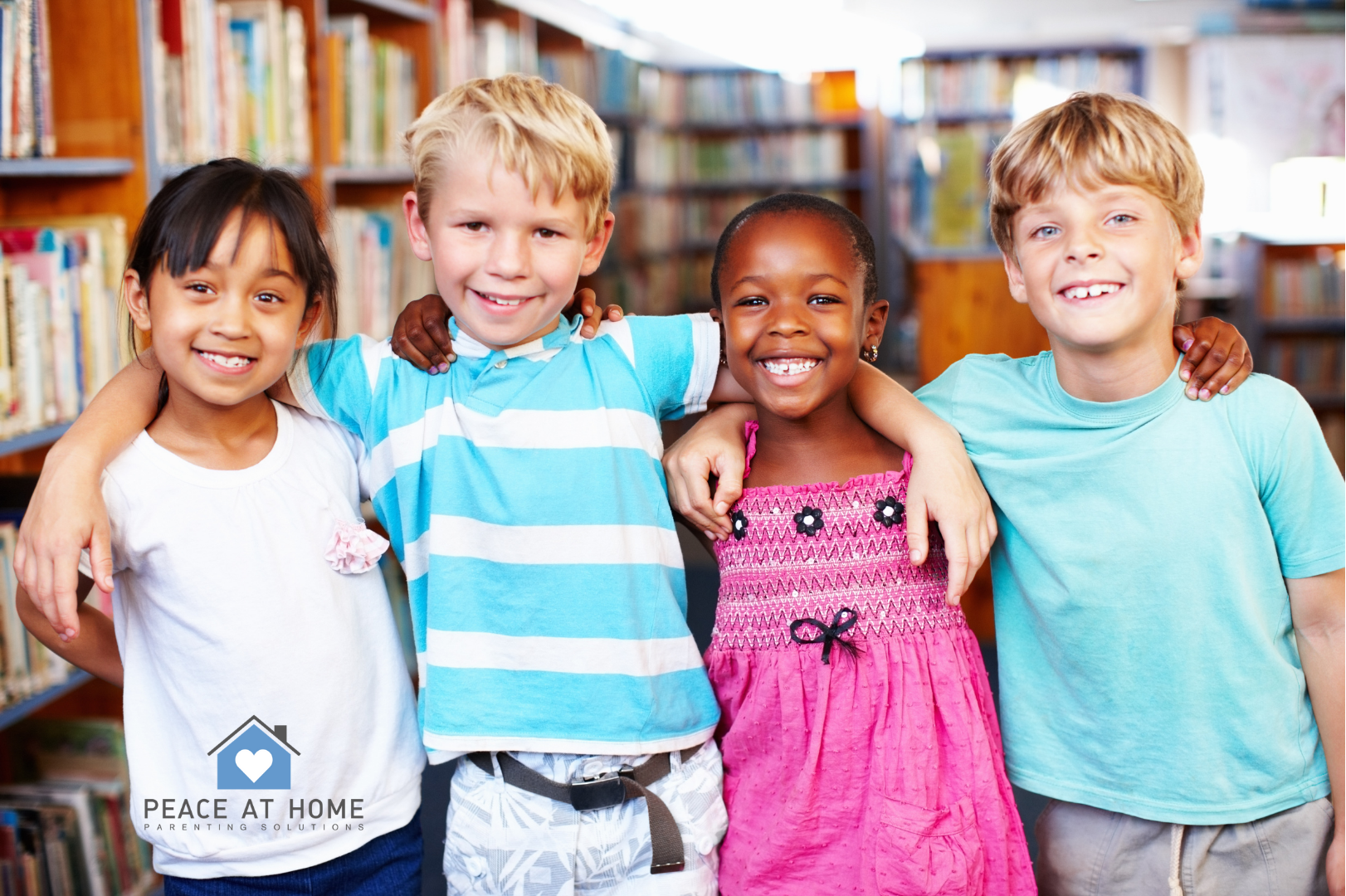
Does your child light up when they get a new toy—only to lose interest a day later, still searching for something to make them happy? You’re not alone. In today’s fast-paced world, it’s easy to confuse fleeting pleasure with true happiness. But deep down, we know the real secret to raising resilient children isn’t found in a box. It’s built slowly and steadily through strong connections, inner strength, and learning to manage big emotions.
Here are science-backed strategies from Peace at Home’s Raising Happy, Resilient Kids workshop to support your child’s well-being—without relying on the next big thing.
Happiness isn’t about being cheerful all the time. Psychologists describe it as emotional diversity—experiencing a full range of feelings, from joy and excitement to sadness and gratitude. Truly happy kids learn to recognize their emotions, reflect on them, and move forward. They don’t avoid emotions or get stuck in them.
They also learn to face the future with optimism and bounce back when life gets hard. That’s where resilience and optimism come in—and both can be taught.
Resilience is the ability to adapt well to stress, change, and even failure. It doesn’t mean “toughing it out.” It means helping kids understand they have tools and support to handle life’s ups and downs.
Key ways to build resilience in your child:
Resilient kids are more confident and better equipped to handle life’s inevitable challenges.
Optimism is hope for the future. It’s a skill that can grow, especially when children are supported through hard moments.
Try these optimism-boosting strategies:
Over time, these practices can help your child feel more in control and more hopeful.
Children watch what we do more than they listen to what we say. When you model joy, gratitude, and compassion, your child learns those habits too.
Here are 7 habits of happy people:
Ask yourself: Which of these do you already model? Which one could you begin practicing more consistently?
Even with the best intentions, parents sometimes fall into habits that block happiness. Watch out for these common missteps:
Remember, criticism—even when meant as guidance—can lower confidence and damage connection. Positive reinforcement helps build both.
Happiness and resilience don’t come from toys or trophies. They come from feeling capable, connected, and hopeful. As a parent, you can help your child develop these lifelong strengths through small, daily choices.
At Peace at Home Parenting, we’re here to guide you with workshops, tools, and expert support. Let’s raise kids who are strong from the inside out—and find joy in the process.
When kids feel deeply supported, they become more confident and less overwhelmed by life’s ups and downs.
Watch our previously hosted live workshop where we will explore this topic, hear your stories, and tackle this together.
Questions? Email us at solutions@peaceathomeparenting.com
And now for the shameless plug…
Don’t have a Peace at Home Parenting Portal? Let’s fix that. Ask your company, school, or favorite neighborhood group to join us. We have subscriptions for Corporations, K-12 Schools, and Family Service Organizations. We work to bring calm to parenting chaos—no yoga mat required.
You can also join as an individual or family.